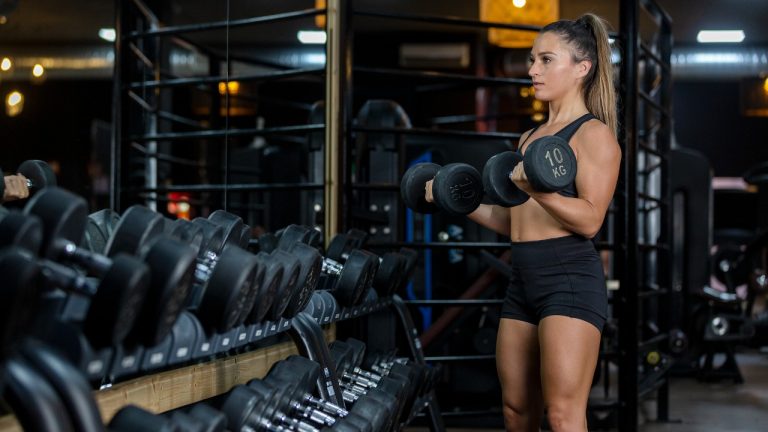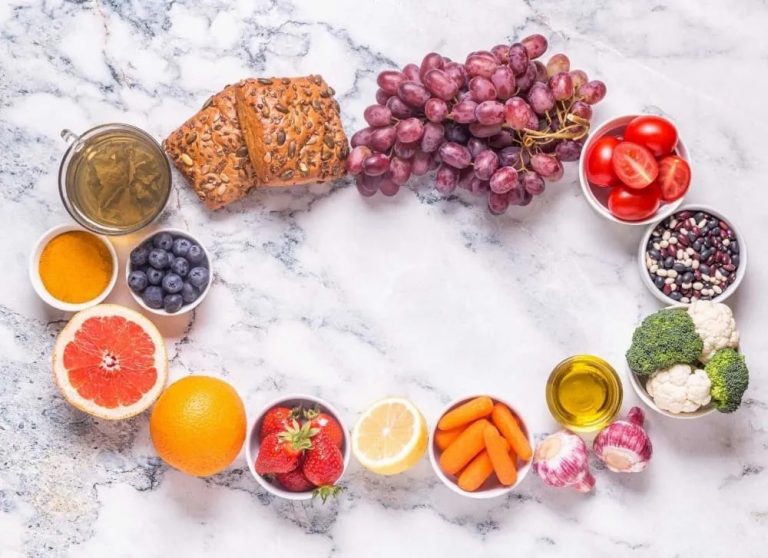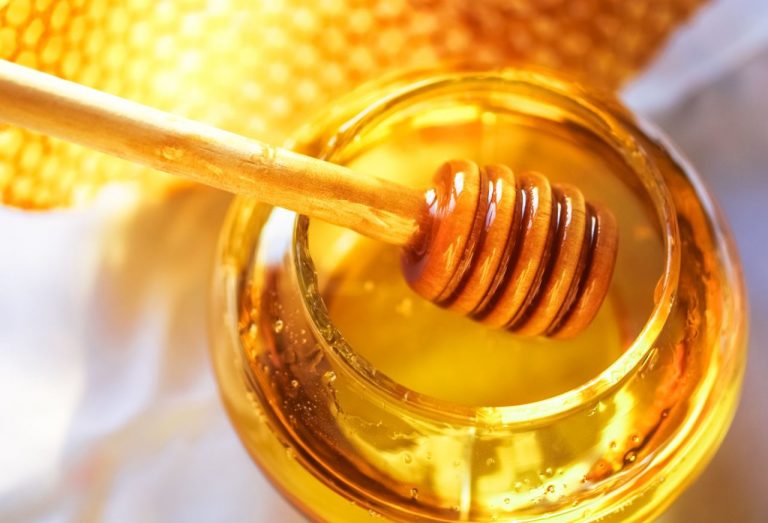What could be better than reaching your big goals? Well, it turns out that meditation—something you could be doing daily, at no cost and with little effort—offers benefits that success can’t bring. Meditation benefits can seep into every area of your life and improve your overall wellbeing in the long-term.
Meditation as Mindfulness
The studies on meditation generally focus on a broad type of meditation that could be called mindfulness. Mindfulness simply means keeping one’s thoughts focused on awareness of a single thing or moment. It could be your breath (a typical point of focus in meditation), or it could be a single image, word, or emotion.
It sounds simple, but when you try it, you realize how much your mind wants to jump around. That’s okay: “When a ‘stray’ thought arises, the practitioner must be quick to recognize it, and then turn back to the focus of their attention,” says George Dvorsky, writing about meditation. “And it doesn’t just have to be the breath; any single thought, like a mantra, will do.”
Here are 15 ways meditation benefits can improve your life, whether or not you ever reach those big goals.
1. Handle Stress Better
According to one source, “When you meditate, you clear away the information overload that builds up every day and contributes to your stress.”
Much of our stress comes from too much input and a lack of time or tools in handling the input. We take in information and build emotions, and we get overloaded. Our brains don’t know what to handle first, so they just keep cycling through all the information.
Meditation helps your brain to let things slide away by simply giving it time to rest and meander through the information, bit by bit, letting go of what is unimportant.
2. Improve How Your Brain Functions
A 2012 study showed a brain process called gyrification happening more in people who meditate.
Gyrification is “the ‘folding’ of the cerebral cortex as a result of growth, which in turn may allow the brain to process information faster. Though the research did not prove this directly, scientists suspect that gyrification is responsible for making the brain better at processing information, making decisions, forming memories, and improving attention.”
If that’s not enough, there is also evidence from MRI scans that meditation can reinforce connections between brain cells. One study showed that meditation “may be associated with structural changes in areas of the brain that are important for sensory, cognitive and emotional processing. The data further suggest that meditation may impact age related declines in cortical structure.”
In other words, meditation may not only make your brain work better, but it might also slow down the aging process within the brain.
3. Get in Touch With Yourself
The busyness of modern life, along with the perpetual onslaught of media that tells us how we ought to look, feel, and behave, can leave us feeling detached from ourselves. It can be difficult to connect with our own values and emotions. We see standards put into place, and we want to meet those standards, so we pretend to be a certain way even when, perhaps, we are not.
“Mindfulness helps us to see our authentic selves in two ways: nonjudgmental observation, and attention. Nonjudgmental observation enables people to really get to know themselves without feeling any negative feelings.”
4. Improve Your Grades
Whether you’re a part-time student, a full-time student, or someone who just likes to take tests for fun, meditation can help you learn and retain what you learn.
One study showed that mindfulness training resulted in “improved accuracy on the GRE and higher working memory capacity.” The researchers concluded that “the improvement could be explained, at least in part, by reduced mind wandering during the task.”
The researchers estimated that mindfulness training resulted in the equivalent of a 16 percentile-point boost on the GRE, on average.
5. Increase Productivity in High-Performance Situations
A study done in 2012 set participants up in a real-world multitasking situation. They had to do several activities that required various forms of input in a typical office setting, and they had to complete them all within 20 minutes.
Some of the participants received mindfulness training, and some didn’t. Then, they tested them all again. “The only participants to show improvement,” reported the researchers, “were those who had received the mindfulness training.”
Another study showed that “daily meditation-like thought could shift frontal brain activity toward a pattern that is associated with what cognitive scientists call positive, approach-oriented emotional states — states that make us more likely to engage the world rather than to withdraw from it.”
Handling high-stress, high-performance situations like a pro could certainly be a handy skill to have, and it’s one that meditation benefits can help you cultivate.
6. Appreciate Music More
Do you love but find yourself drifting off and missing out in the middle of a concert or show? Meditation can help you to stay tuned in and aware, one study showed.
The majority of the people in the “mindfulness groups” in the study said that the mindfulness task had “modified their listening experience by increasing their ability to focus on the music without distraction.”
7. Positive Effects Even When Not Meditating
Researchers have found that the way meditation helps your brain to work better is consistent, staying with you not just when you’re sitting on a cushion with your eyes closed, but all the time. According to the research, “the effects of meditation training on emotional processing might transfer to non-meditative states.”
The researchers point out that this may mean that the benefits of meditation are not specific to a task or certain stimulus (such as that cushion or a mantra) but are process-specific, meaning that they “may result in enduring changes in mental function.”
8. Reduce Isolation and Feel Connected
It’s strange that in the age of constant connectivity, isolation and loneliness can feel even more poignant. But it happens, and when that sense of isolation descends, it can be overwhelming.
However, meditation was shown to reduce feelings of loneliness in a study on older adults, and those who have been practicing transcendental meditation, even for a very short time, say that the practice of meditation provides a feeling of being connected and whole, a “fundamental level of unity”.
9. Reduce Symptoms of Anxiety and Depression
Meditation can help you feel connected and handle stress, but what about an ongoing anxiety disorder? What about overwhelming negative feelings or that debilitating sense of depression?
Well, a study done on high school students showed that a mindfulness and meditation benefits could help a lot with both: students who stuck with a mindfulness program “exhibited decreased symptoms of stress, anxiety and depression both immediately after and six months after the program”.
10. Fight Disease and Stay Healthier
Meditation benefits can be useful for both the brain and body. Being able to handle stress better can reduce its impact on your body, which can decrease symptoms and physical aggravation of various health issues, including chronic pain.
A researcher at one of Harvard Medical School’s teaching hospitals notes that “The kinds of things that happen when you meditate do have effects throughout the body, not just in the brain.” Health benefits abound when you devote yourself to meditation.
11. Sleep Better
Let’s do a quick review: meditation can help you cope with stress better, help you know (and like) yourself more, and help you lessen anxiety and depression.
With those meditation benefits alone, it seems pretty likely that you’d be able to get a better night’s sleep. After all, if you can stop your brain from racing and your emotions from raging, you’ll be much more likely to drift off into sweet dreams. Research concurs:
“Meditation practices influence brain functions, induce various intrinsic neural plasticity events, modulate autonomic, metabolic, endocrine, and immune functions and thus mediate global regulatory changes in various behavioral states including sleep.”
Guided meditations, especially, can help lull you into sleep, so give it a try today.
When a group of psychologists were asked to recommend a few strategies for reaching weight-loss goals, 7 out of 10 said meditation, or mindfulness training, would be beneficial.
The popular meditation app, Headspace, notes that meditation can help you focus on mindful eating, which encourages you to eat when you’re hungry, not when you are stressed or upset. When you develop this skill, it can help you lose weight the natural way, which is one of the most useful meditation benefits for many.
13. Make You a Better Friend
It makes sense that being able to know and accept yourself better might help you to know and accept others, as well. Other studies have also shown that meditation increases the “mental expertise to cultivate positive emotion”.
In other words, people who meditate tend to respond with more positive emotions rather than negative ones. They have a stronger sense of empathy and compassion for others, making them an overall better friend to others.
14. Increase Your Attention Span
Studies show that mindfulness training helps the brain to connect better. What that means for you is that your brain, after meditating, finds it easier to access and process information. Along with that, mindfulness trains your brain to release the information that’s not important, and quickly.
Therefore, meditation benefits help you get better at collecting information, processing it quickly, and discarding the stuff you don’t need. Doing that well is what allows you to keep your attention focused on the information and tasks in front of you.
15. Generate More Ideas
If you wish you could access the creative, idea-making part of your brain more easily, it’s time to quit stalling and start meditating. The “catch-and-release” nature of mindfulness, that ability to let a thought in and let it go, turns out to be very helpful for what one study calls “divergent thinking”.
The meditative practice helps your brain to be less judgmental and more accepting, while exercising less “top-down control and local competition.” Your brain opens up to new ideas and inputs, which, say the researchers, “facilitates jumping from one thought to another – as required in divergent thinking.”
The Bottom Line
Meditation benefits are wide-ranging and can have a positive impact on many areas of your life. Whether you’re looking to increase your focus, develop more compassion, or get healthier, meditation can help with it all, especially if you become a long-term meditator.













